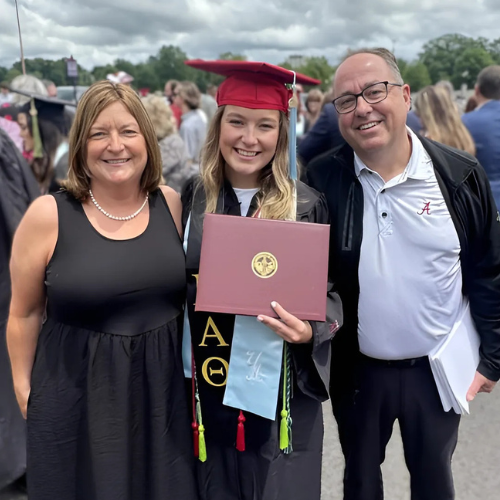
Featured Doctor
David J. Hergan, MD
Get to know Dr. David Hergan, joint replacement and sports medicine surgeon at Middlesex Orthopedic & Spine Associates.
View Profile

Anterior cruciate ligament (ACL) tears are one of the most common sports injuries in the U.S. with approximately 400,000 cases per year. This injury occurs when the knee undergoes a sudden or severe twist from pivoting or excessive pressure – such as while skiing or playing soccer or basketball.
ACL tears cannot heal on their own. For decades, the traditional surgical procedure has been an ACL reconstruction where the surgeon removes the torn ACL completely and reconstructs it with a graft (a tendon from the patient themselves or a donor). While this has been an effective surgery, there are drawbacks to this procedure. The rate of re-tear is significant, and many athletes have difficulties returning to their level of sport.
I am excited to share a new alternative to reconstruction that incorporates orthobiologics, or regenerative medicine. It is the first new technology in ACL tear treatment in over 30 years.
Often, the majority of the ligament is still intact after an ACL tear, however we have to remove all of it for a reconstruction. By doing an ACL repair instead, we are able to keep the viable ligament tissue, securely repair it to its anatomic place of insertion and utilize enhanced orthobiologics to heal.
This is now possible with an implant that acts as a bridge to help the ends of the torn ACL heal together. The BEAR® Implant is the first medical advancement that is clinically proven to enable a patient’s torn ACL to heal and to restore the natural function of their knee.
I inject a small amount of the patient’s own blood into the implant before attaching it between the two ends of the existing ACL in a minimally invasive procedure. When the ACL heals, the implant is resorbed by the body.
The benefits are numerous. First, since no graft is needed, there is no second surgical wound site required to remove a healthy tendon for an autograft. Studies have shown faster recovery of muscle strength and higher patient satisfaction in terms of return to sport. Second, since we utilize the patient’s own blood and existing native ligament tissue, we can maintain the natural anatomy and function of the knee. This has increased the possibility of the patient’s ability to return to their prior level of sport.
The best candidate for this procedure is someone who is skeletally mature (over 14 years of age) with a complete rupture of the ACL where the ACL stump is still attached to the tibia.
I believe that regenerative medicine is revolutionizing orthopedics and I am thrilled to now be able to offer this new ACL tear treatment option to my patients.




